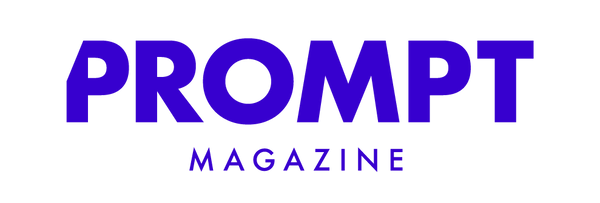Share
Fernanda Olivares founded FAMS (Fundación Arte y Mundo Sostenible), a non-profit in Mexico City promoting education, technological research, and contemporary art in Latin America.
Using painting as her native language and ballet as a daily practice, she strives for a technologically enhanced body and augmented cognition, fostering coexistence among humans, nature, and machines. founded FAMS (Fundación Arte y Mundo Sostenible), a non-profit in Mexico City promoting education, technological research, and contemporary art in Latin America. As its head, she organized BILIA, the first Artificial Intelligence Art Biennale in the region in April 2022. Over the past three years, she has experimented with AI models across text, image, audio, movement, and 3D. She’s been involved in various global exhibitions and biennales, with accolades in women in STEAM. Olivares actively mentors students to pursue arts with an ethical and scientific perspective. In 2022, she was a keynote speaker at AT&T 5G Lab’s STAG Innovation, Digital Futures Young on AI and Diffusion Models, and the International Space Program. As a teacher, she has lectured at SVA, New York, and Latin American universities, including the Inter-American Development Bank. ( This is an introduction that I will highlight before the interview. Let me know if you want to make any additions or changes.)

YOUR ART CREATES A HYBRID BRIDGE BETWEEN TRADITIONAL ARTS, DANCE, AND DIGITAL MEDIA. CAN YOU TALK ABOUT HOW ARTIFICIAL INTELLIGENCE MODELS INTERPRET THE HUMAN BODY IN YOUR WORKS AND HOW THIS INFLUENCES YOUR ARTISTIC VISION?
As a visual artist, it has been a fascinating experience to be present in the evolution of machine learning and its outcomes. The hybridity of processes and new possibilities in arts are practices that I strongly encourage. The initial explorations with machine learning opened windows of constant surprise several years ago; random results at first, and afterwards the pursue of an understanding of new aesthetics fed by data. Since I started my career I explored this transdisciplinary hue with my dance practice, at the beginning I was deciding on how to merge painting and dance, when suddenly technology was the perfect medium to connect that space in between. Human body is complex and we as dancers, play with the notions of space, consciousness, and constant improvement of our own body considering our physical uniqueness, you become a master of your own body in a very deep level. I started three years ago creating a timeline on how these models represented the human body in non-natural positions, such as standing in one leg, performing a pas de deux, or anatomical behaviors with certain rules that are unique to body expressions. Of course, this started evolving quite rapidly, which has taken me now to the movement itself and the human body enhancement by this augmented perspective.


HOW CAN WE PERCEIVE THE BODY NOW, ESPECIALLY WHEN WE HAVE A MACHINE IN FRONT OF US? THESE WERE THE QUESTIONS YOU HIGHLIGHTED DURING YOUR RECENT TEDX TALK IN BOSTON. YOUR WORK IS ORIENTED TOWARDS A TECHNOLOGICALLY ENHANCED BODY AND AUGMENTED COGNITION. COULD YOU SHARE YOUR VISION ON HOW THE INTEGRATION WITH TECHNOLOGY CAN IMPACT THE PERCEPTION AND EXPERIENCE OF THE HUMAN BODY?
Body is constantly transforming with the evolution of technology. We perceive biometric data from a surveillance perspective, but what if we can integrate body knowledge for a better understanding of ourselves with the proper implicated ethical considerations. As humans we have limited possibilities and ranges of movement, however with these enhancements we could even invent new movements that speak both human and machine language from a choreographic perspective or even in sports performances. This takes us to a new field of study that needs to be attended. We also need to go the other around; getting movement specialists to be involved in the kinetic planning of non-human entities that will interact with humans. Exploring body language, its use and space more than only hand or facial gestures, as our smartphones do.

YOU HAVE EXPERIMENTED WITH THE APPLICATION OF ARTIFICIAL INTELLIGENCE IN THE FIELD OF KINETIC EXPRESSION, SUCH AS IN SPORTS OR DANCE. HOW DO YOU BELIEVE AI CAN CONTRIBUTE TO IMPROVING PHYSICAL AND ARTISTIC PERFORMANCES IN THESE DISCIPLINES?





